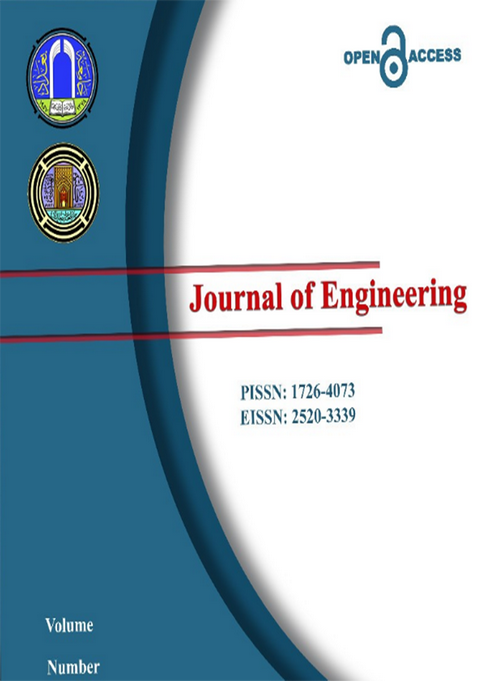Abstract
The current practice in Iraq showed that satisfactory sealing of joints for concrete structures is not always achieved. The poor quality of local sealants is usually considered the main cause of such improper performance. The purpose of this work, therefore, is to review and investigate the factors affecting the performance of thermoplastic hot-applied joint sealers which are mostly used in horizontal joints of rigid pavements as shown by the literature reviewed in this study. The impact of different compositions including asphalt cement, reclaimed rubber, mineral filler, fiberglass and, polyvinyl chloride, together with the effect of manufacturing procedures and materials' percentage are studied. Sealant physical properties have been evaluated to include consistency at normal temperatures, resistance to flow at elevated temperatures and, resistance to failure in adhesion or cohesion at very low temperatures. It has been determined that the desired hot-applied sealant can be produced from locally available materials to satisfy the performance-related properties after using optimum contents of asphalt cement (about 45%), reclaimed rubber (about 20%), mineral filler (about 25%), fiberglass (0.1-0.6%), and polyvinylchloride and dioctyl-phthalate (10-15%), in addition to controlling the suitable mixing temperature (170°C) and installing temperature (120-130 °C). This work shall provide a better understanding of the factors influencing the local manufacture of a more durable hot-applied sealant for concrete joints.
Keywords
adhesion.
filler
Hot-applied
Joint-sealant
Rubber
